1.Can I set up a canopy tent on a rainy day?
Yes, you can set up a canopy tent on a rainy day. However, it’s important to consider a few things to ensure that the tent provides adequate shelter:
Waterproof Material: Make sure your canopy tent is made of waterproof or water-resistant material to keep you and your belongings dry.
Secure Anchoring: Ensure that the tent is securely anchored to the ground to prevent it from being blown away by strong winds that may accompany rain.
Proper Pitch: Set up the tent with a proper pitch to allow rainwater to run off easily and prevent pooling on the canopy.
Sealed Seams: Check for any seams or openings in the tent and seal them properly to prevent water leakage.
Consider Additional Accessories: If the rain is heavy or accompanied by wind, consider using sidewalls or additional accessories to provide extra protection from the elements.
Always follow the manufacturer’s instructions for setting up your specific canopy tent, and use common sense to ensure a safe and dry environment inside the tent during rainy conditions.
2.How does a pop-up canopy work?
3.What types of canopy structures are used for outdoor events at the canopy club?
The Canopy Club boasts a variety of sophisticated canopy structures designed to enhance the outdoor event experience, each meticulously crafted to cater to different occasions and atmospheres. Here’s a glimpse into the diverse canopy structures that grace the venue:
Elegant Sail Canopies: Graceful sail canopies, with their sweeping curves and modern aesthetic, create a visually stunning focal point for outdoor events. Their artistic design not only provides shade but also adds an element of architectural beauty.
Versatile Pop-Up Tents: Quick to assemble and versatile, pop-up tents offer flexibility for various event setups. These functional structures are often employed for smaller gatherings or as auxiliary spaces to accommodate different activities.
Geodesic Dome Tents: Futuristic geodesic dome tents make a bold statement, blending avant-garde design with structural stability. These domes provide a unique spatial experience, creating an immersive atmosphere for events that seek a touch of innovation.
Pavilion Style Canopies: Pavilion-style canopies evoke a sense of grandeur with their open and spacious design. Ideal for larger gatherings, they offer a sense of openness while providing ample coverage for attendees to mingle comfortably.
Classic Marquee Tents: Timeless and elegant, classic marquee tents exude sophistication. Their high peaks and graceful lines add a touch of tradition to outdoor events, making them suitable for weddings, galas, and formal affairs.
Hexagonal Gazebos: Hexagonal gazebos offer a charming and intimate setting for smaller gatherings. Positioned strategically throughout the venue, these gazebos provide cozy retreats for guests to enjoy moments of tranquility amidst the lively atmosphere.
Transparent Canopies: For events that celebrate the beauty of the surroundings, transparent canopies allow guests to revel in the natural scenery while still enjoying protection from the elements. These canopies create a seamless connection between the outdoor and indoor spaces.
Custom Themed Canopies: Infusing creativity into the mix, custom-themed canopies add a personalized touch to events. Whether adorned with vibrant colors, artistic patterns, or thematic elements, these canopies elevate the visual appeal and ambiance.
The Canopy Club takes pride in curating a diverse collection of canopy structures, ensuring that each event benefits from the perfect blend of aesthetics, functionality, and versatility. As the sun sets and the stars emerge, these canopies become the canvas upon which unforgettable moments are painted, creating a truly magical outdoor experience.
4.What is another name for a pop-up canopy?
A pop-up canopy (or portable gazebo or frame tent in some countries) is a shelter that collapses down to a size that is portable. Typically, canopies of this type come in sizes from five feet by five feet to ten feet by twenty feet. Larger or semi-permanent canopies are known as “marquees”.
5.How do I protect my outdoor canopy tent?
After the replacement canopy is nice and clean, you can protect your canopy from the sun, water, and other elements with any type of fabric guard, such as 303 High Tech Fabric Guard or any other type of outdoor fabric protectant.
6.Are canopy pop up tent safe?
Canopy pop up tents are not dangerous. They alone are not hazardous, rather it is mishandling and inadequate use that could involve them in dangerous situations.Canopy pop-up tents are generally safe when used according to the manufacturer’s instructions and guidelines. However, like any outdoor structure, there are certain considerations to ensure safety. Here are some safety tips for canopy pop-up tents:
7.How do you waterproof the pop up canopy tents?
Waterproofing a pop-up canopy tent can help enhance its ability to repel water and keep you dry during rainy weather. Here are steps you can take to waterproof your pop-up canopy tent:
Check Manufacturer’s Recommendations:
- Start by checking the manufacturer’s recommendations for your specific canopy tent. Some tents may come with specific care instructions or may have waterproofing treatments applied during manufacturing.
Seam Sealing:
- Check the seams of the canopy for any potential areas where water could penetrate. Apply seam sealer to these seams to create a waterproof barrier. Seam sealer is available in liquid or tape form and can be applied along seams and stitches.
Waterproofing Spray:
- Purchase a waterproofing spray specifically designed for outdoor fabrics. Make sure the spray is suitable for the material of your canopy. Follow the instructions on the product for application.
Use Waterproofing Solutions:
- Some waterproofing solutions are designed for use on outdoor fabrics, including those used in canopy tents. These solutions often come in liquid form and can be applied to the entire surface of the canopy.
Apply Silicone Sealant:
- For areas where water may accumulate or leak, such as joints or connection points, you can apply silicone sealant. This creates a water-resistant barrier and helps prevent leaks.
Allow Proper Drying:
- After applying any waterproofing treatments, allow the canopy to dry completely before folding or storing it. Ensure that the treatment has fully penetrated the fabric.
Repeat as Needed:
- Depending on how frequently you use the canopy and the weather conditions it faces, you may need to reapply waterproofing treatments periodically. Follow the product recommendations for reapplication intervals.
Consider a Waterproof Canopy Cover:
- If your canopy tent comes with a cover or bag, ensure that it is waterproof. A waterproof cover can provide an extra layer of protection during storage and transportation.
Avoid Abrasive Cleaning:
- When cleaning the canopy, use a mild soap and water solution. Avoid abrasive cleaners, as they can damage the waterproof coating.
Always refer to the specific instructions provided by the manufacturer and the waterproofing product you choose. Additionally, be aware that while waterproofing treatments can enhance water resistance, no treatment can make a canopy tent completely waterproof in all conditions, especially during heavy rain or storms. It’s essential to exercise caution and take down the tent in severe weather conditions.
8.What color popup canopy keeps you the coolest?
9.How to install pop up canopy with sides
Installing a pop-up canopy with sides involves a step-by-step process to ensure proper setup. Here’s a general guide to help you install a pop-up canopy with sidewalls:
Materials Needed:
- Pop-up canopy frame and top
- Sidewalls
- Canopy weights or stakes (if needed for stability)
Installation Steps:
Choose a Suitable Location:
- Select a flat and level area for your pop-up canopy. Ensure there is enough space around the canopy and that it is clear of obstacles.
Extend the Frame:
- Unfold and extend the frame of the pop-up canopy. Ensure that all frame legs are fully extended and locked into place.
Attach the Canopy Top:
- If the canopy top is not already attached, secure it to the frame according to the manufacturer’s instructions. Most canopy tops attach using hook and loop fasteners or clips.
Secure the Canopy Legs:
- If your canopy has adjustable legs, set them to the desired height and secure them in place. Ensure that the canopy is stable on the ground.
Attach the Sidewalls:
- Begin attaching the sidewalls to the frame. Most sidewalls have attachments like zippers, straps, or clips. Start at one corner and work your way around the frame, securing each sidewall in place.
Secure Corners and Edges:
- Pay special attention to securing the corners and edges of each sidewall. This helps maintain the stability of the canopy structure and prevents gaps.
Zip or Fasten Sidewalls Together:
- If you have multiple sidewalls, zip or fasten them together at the corners. This creates a seamless enclosure around the canopy.
Stabilize with Weights or Stakes:
- If you are in an area prone to wind, consider using canopy weights or stakes to secure the legs. This provides additional stability and prevents the canopy from being lifted.
Adjust Height and Tension:
- Check and adjust the height of the canopy legs if necessary. Ensure that the canopy top is evenly tensioned and that the sidewalls are properly aligned.
Check for Stability:
- Once all sidewalls are attached and secured, check the overall stability of the canopy. Make any adjustments as needed to ensure a secure and safe setup.
Always refer to the specific instructions provided by the manufacturer for your pop-up canopy model, as installation steps may vary. Additionally, be aware of safety considerations, especially if using the canopy in varying weather conditions.
10.What types of events or activities are suitable for the use of a heavy-duty tent?
Heavy-duty tents are versatile structures designed to withstand challenging weather conditions and provide a reliable shelter for various events and activities. Here are types of events or activities for which heavy-duty tents are particularly suitable:
Outdoor Weddings:
- Heavy-duty tents are often used for outdoor wedding ceremonies and receptions, providing a weather-resistant and elegant space for guests.
Corporate Events:
- Large corporate gatherings, conferences, trade shows, and expos benefit from heavy-duty tents that offer ample space and protection from the elements.
Festivals and Concerts:
- Music festivals, cultural events, and outdoor concerts often utilize heavy-duty tents for stage cover, merchandise booths, and audience shelter.
Sporting Events:
- Tents are used at sporting events for athlete accommodations, equipment storage, and spectator areas, providing a comfortable and protected space.
Trade Shows and Exhibitions:
- Heavy-duty tents create expansive and customizable spaces for trade show booths and product exhibitions, accommodating various layouts and displays.
Emergency Shelters:
- In disaster relief efforts or emergency situations, heavy-duty tents serve as temporary shelters, providing protection for displaced individuals and relief personnel.
Military Operations:
- Military applications include using heavy-duty tents for field hospitals, command centers, and accommodations during deployments.
Outdoor Markets and Fairs:
- Farmers’ markets, craft fairs, and outdoor markets often use heavy-duty tents for vendor stalls, creating a covered marketplace.
Celebrations and Parties:
- Large gatherings such as birthdays, anniversaries, and other celebrations benefit from heavy-duty tents for additional event space and protection from the weather.
Construction Sites:
- Heavy-duty tents are employed on construction sites for project management offices, storage, and workspace, offering a temporary solution that can withstand the construction environment.
Educational Events:
- Schools and educational institutions use heavy-duty tents for outdoor assemblies, graduation ceremonies, and special events.
Catered Events:
- Catered events, including outdoor dinners, banquets, and food festivals, utilize heavy-duty tents for dining areas and food preparation spaces.
The robust construction and durability of heavy-duty tents make them suitable for a wide range of applications, providing reliable and weather-resistant shelter in various settings.



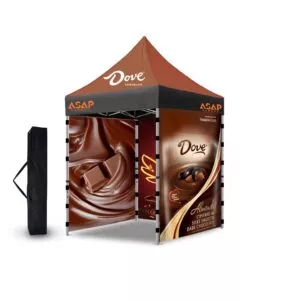
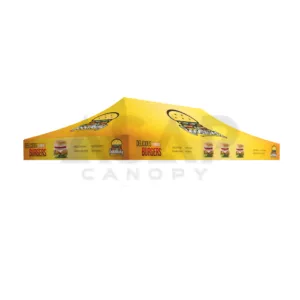
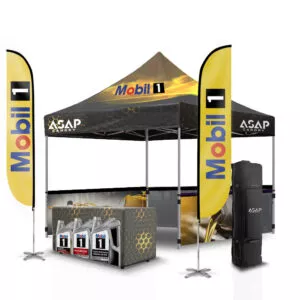
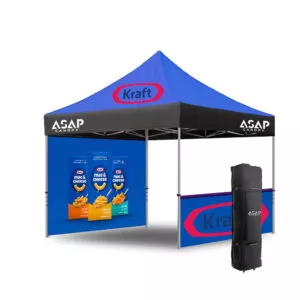
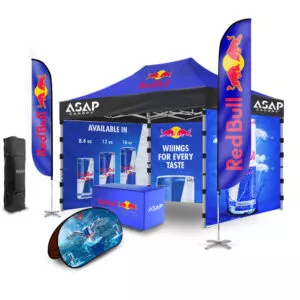
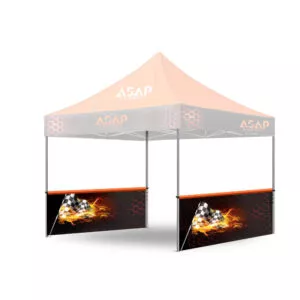

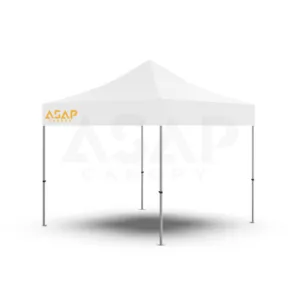
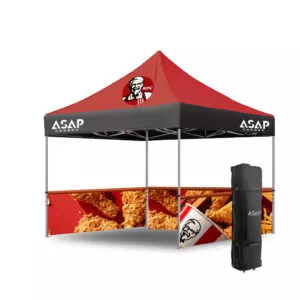

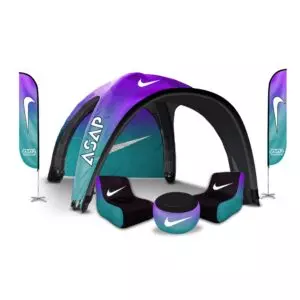
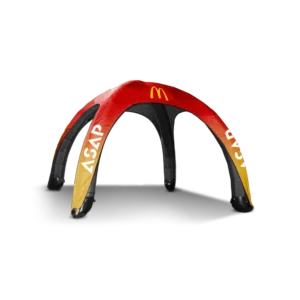
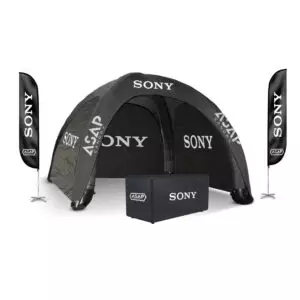
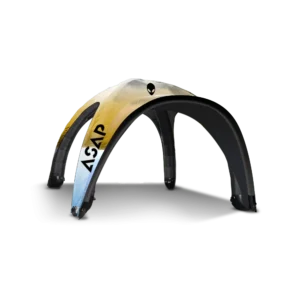
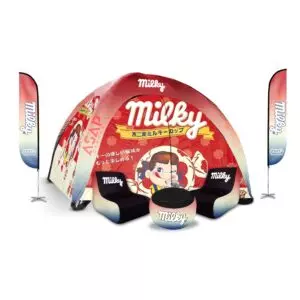

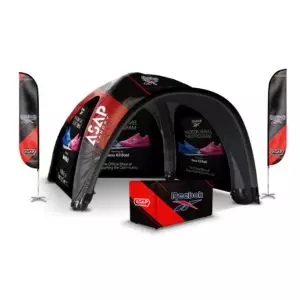
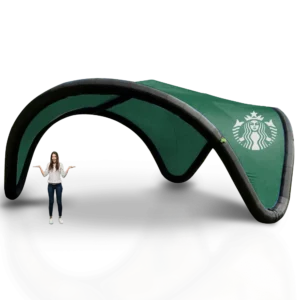
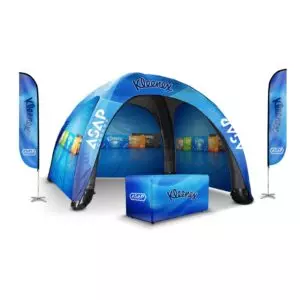

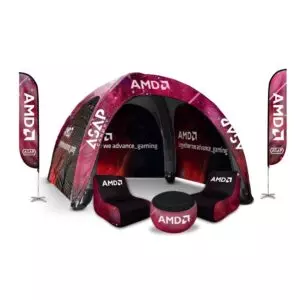
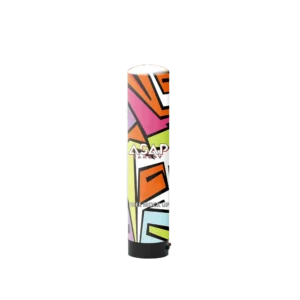

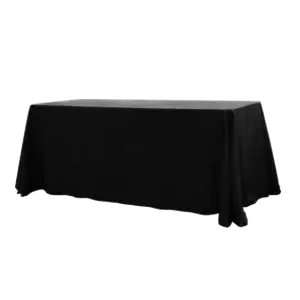

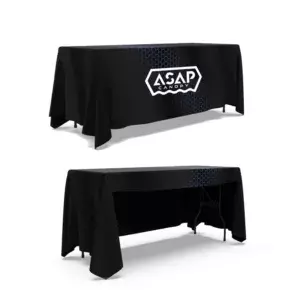

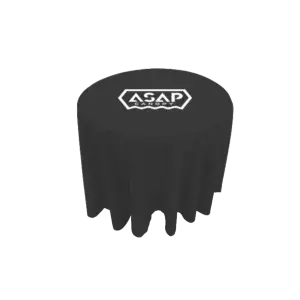
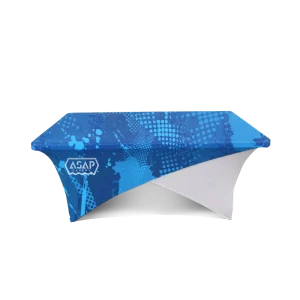
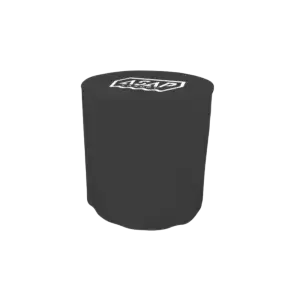
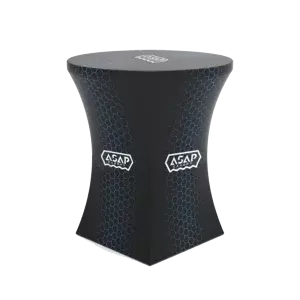
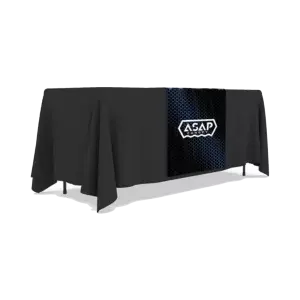
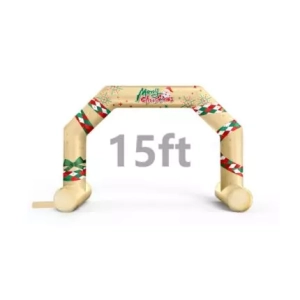
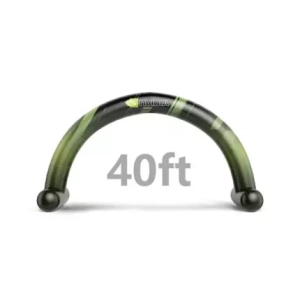
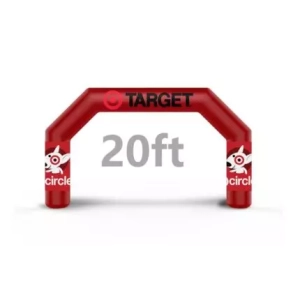
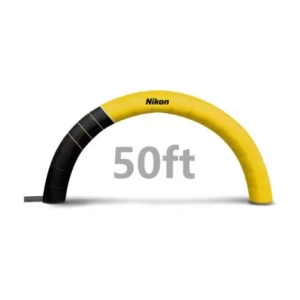


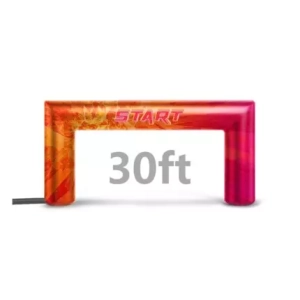



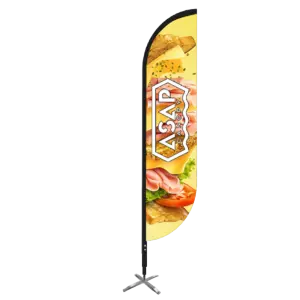
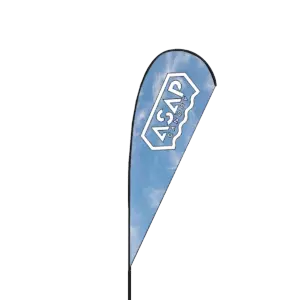
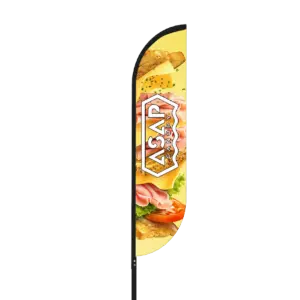

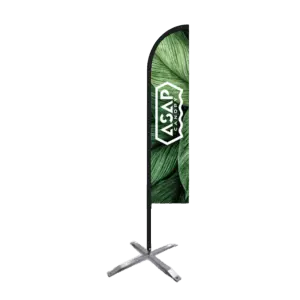

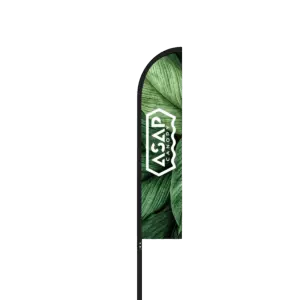



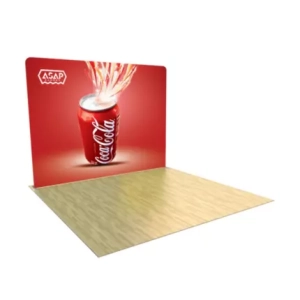
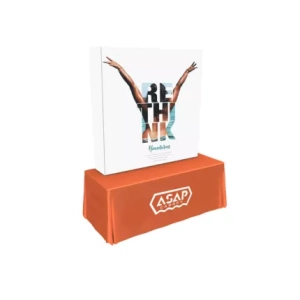
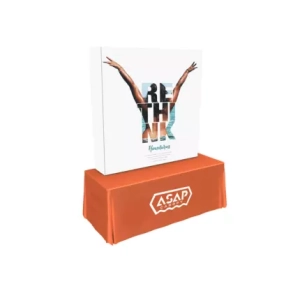

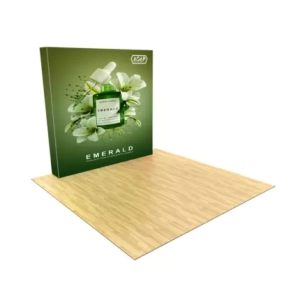
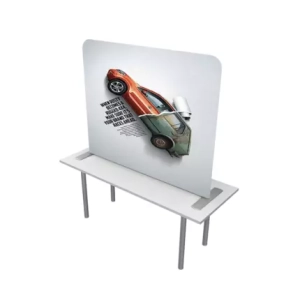
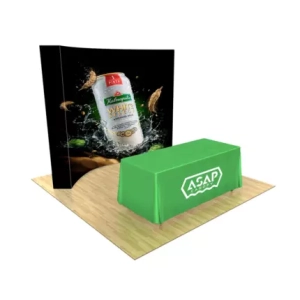





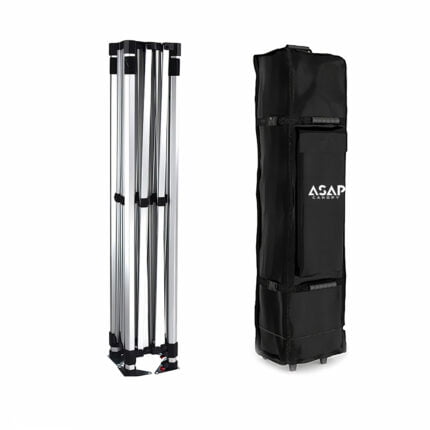

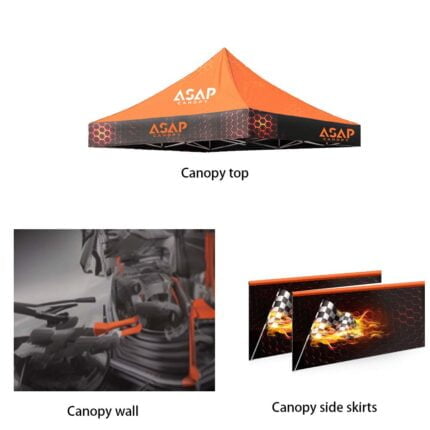
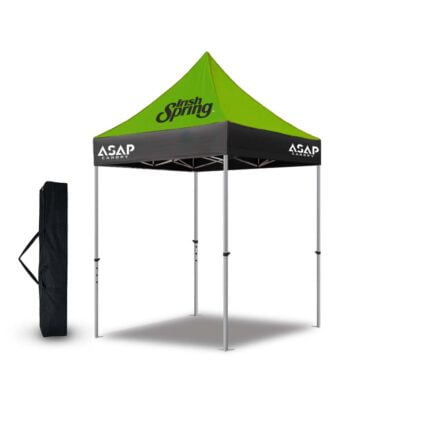
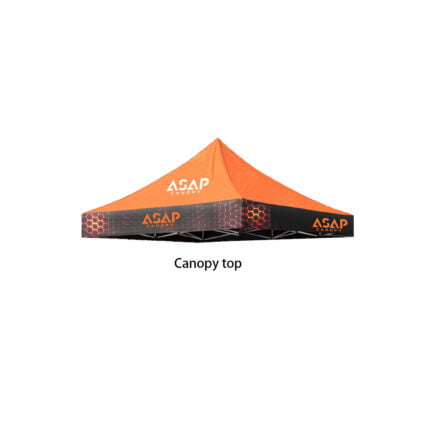




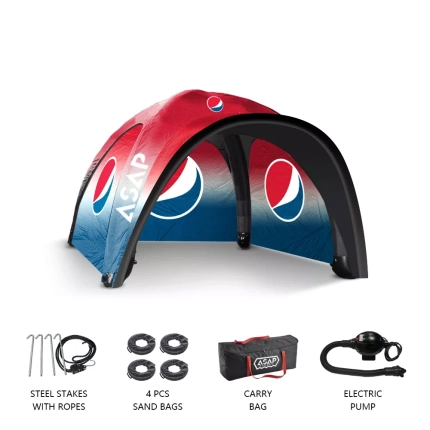
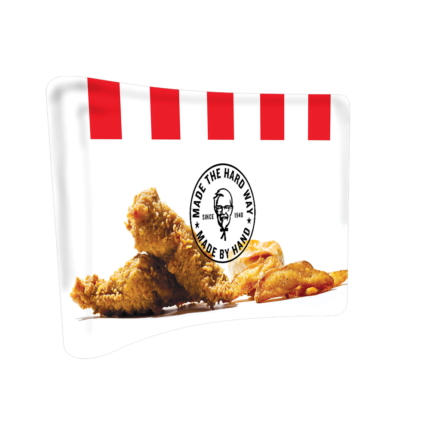

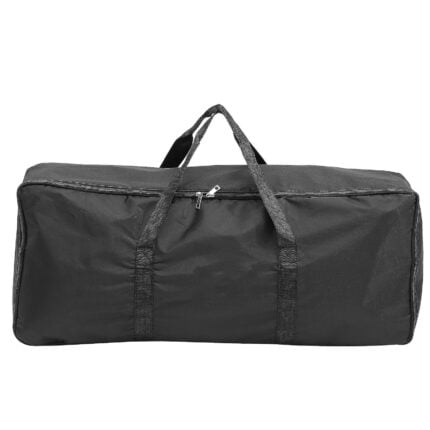

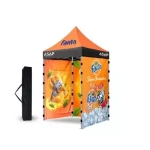 5×5 Pop Up Tent
5×5 Pop Up Tent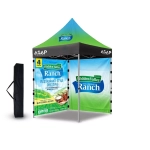 6.5×6.5 Pop Up Tent
6.5×6.5 Pop Up Tent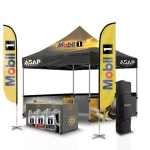 10×10 Canopy Tent
10×10 Canopy Tent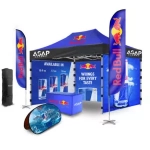 10×15 Canopy Tent
10×15 Canopy Tent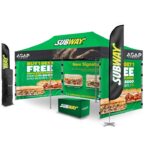 10×20 Canopy Tent
10×20 Canopy Tent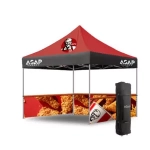 Canopy Options
Canopy Options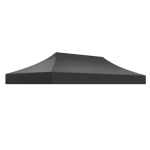 Blank Canopy Top
Blank Canopy Top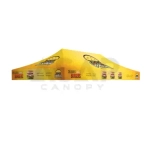 Canopy Top
Canopy Top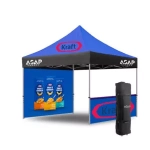 Canopy Walls
Canopy Walls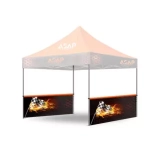 Canopy Side Skirt
Canopy Side Skirt Blank Canopy
Blank Canopy Blank Canopy Kit
Blank Canopy Kit
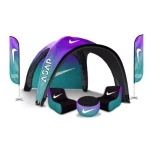 Inflatable Canopy Tents 10×10
Inflatable Canopy Tents 10×10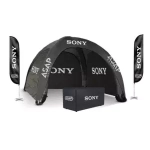 Inflatable Canopy Tents 13×13
Inflatable Canopy Tents 13×13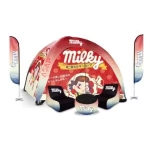 Inflatable Canopy Tents 16×16
Inflatable Canopy Tents 16×16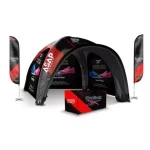 Inflatable Canopy Tents 20×20
Inflatable Canopy Tents 20×20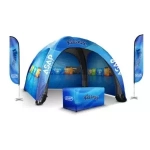 Inflatable Canopy Tents 23×23
Inflatable Canopy Tents 23×23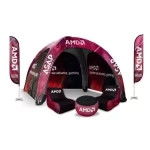 Inflatable Canopy Tents 26×26
Inflatable Canopy Tents 26×26 Inflatable Spider Tents
Inflatable Spider Tents Inflatable Dome Tents
Inflatable Dome Tents Inflatable Eclipse Tents
Inflatable Eclipse Tents Inflatable Party Tent
Inflatable Party Tent Inflatable Furniture
Inflatable Furniture Inflatable Pillar
Inflatable Pillar
 Single Pole Star Tents
Single Pole Star Tents Double Pole Star Tents
Double Pole Star Tents
 15FT Inflatable Arches
15FT Inflatable Arches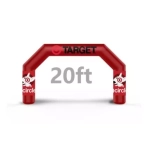 20FT Inflatable Arches
20FT Inflatable Arches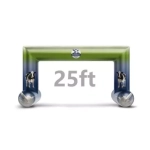 25FT Inflatable Arches
25FT Inflatable Arches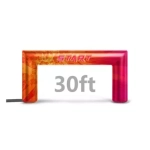 30FT Inflatable Arches
30FT Inflatable Arches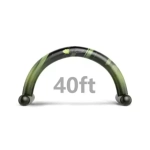 40FT Inflatable Arches
40FT Inflatable Arches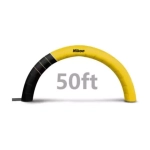 50FT Inflatable Arches
50FT Inflatable Arches Custom Constant Arches
Custom Constant Arches Custom Sealed Arches
Custom Sealed Arches
 Fitted Table Covers
Fitted Table Covers Stretch-Fit Table Covers
Stretch-Fit Table Covers Loose Table Throws
Loose Table Throws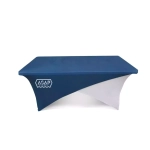 Cross-Over Stretch-Fit Table Cover
Cross-Over Stretch-Fit Table Cover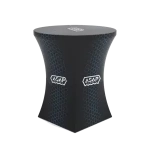 Round Stretch-Fit Table Cover
Round Stretch-Fit Table Cover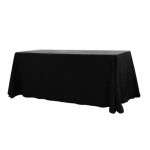 Blank Table Throws
Blank Table Throws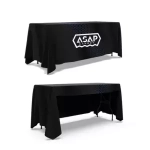 3-Sided Loose Table Throw
3-Sided Loose Table Throw Round Fitted Table Covers
Round Fitted Table Covers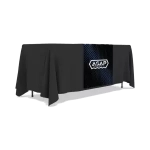 Table Runners
Table Runners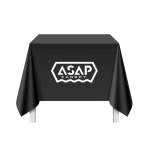 Square Table Covers
Square Table Covers
 Feather Flags
Feather Flags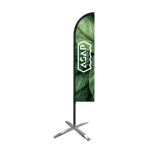 Blade Flags
Blade Flags Feather Banner
Feather Banner Blade Banner
Blade Banner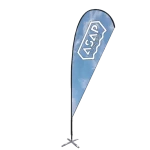 Teardrop Flags
Teardrop Flags Teardrop Banner
Teardrop Banner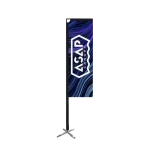 Rectangle Flags
Rectangle Flags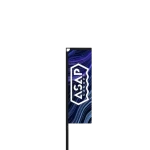 Rectangle Banner
Rectangle Banner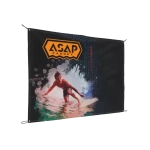 Mesh Event Banners
Mesh Event Banners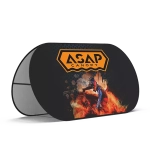 Pop Out Banner Horizontal
Pop Out Banner Horizontal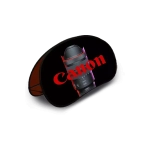 Pop-Out Banner Vertical
Pop-Out Banner Vertical
 Trade Show Display
Trade Show Display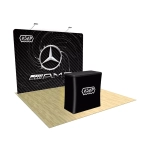 Trade Show Display Kit
Trade Show Display Kit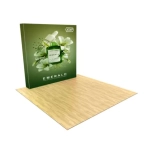 Pop Up Trade Show Display
Pop Up Trade Show Display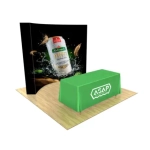 Pop Up Trade Show Display Deluxe Kit
Pop Up Trade Show Display Deluxe Kit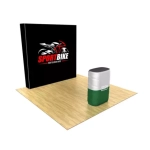 Pop Up Trade Show Display Kit
Pop Up Trade Show Display Kit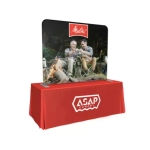 TableTop Displays Kit
TableTop Displays Kit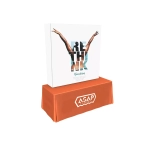 Pop Up Tabletop Display Kit
Pop Up Tabletop Display Kit Pop Up Tabletop Display
Pop Up Tabletop Display Tabletop Display
Tabletop Display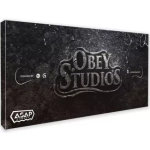 Straight Trade Show Exhibit Booth
Straight Trade Show Exhibit Booth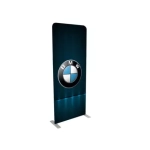 Banner Stand
Banner Stand
 Tent Accessories
Tent Accessories Flag Accessories
Flag Accessories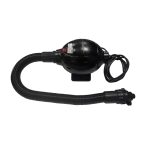 Arch Accessories
Arch Accessories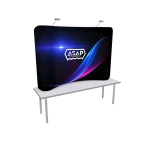 Trade Show Accessories
Trade Show Accessories
